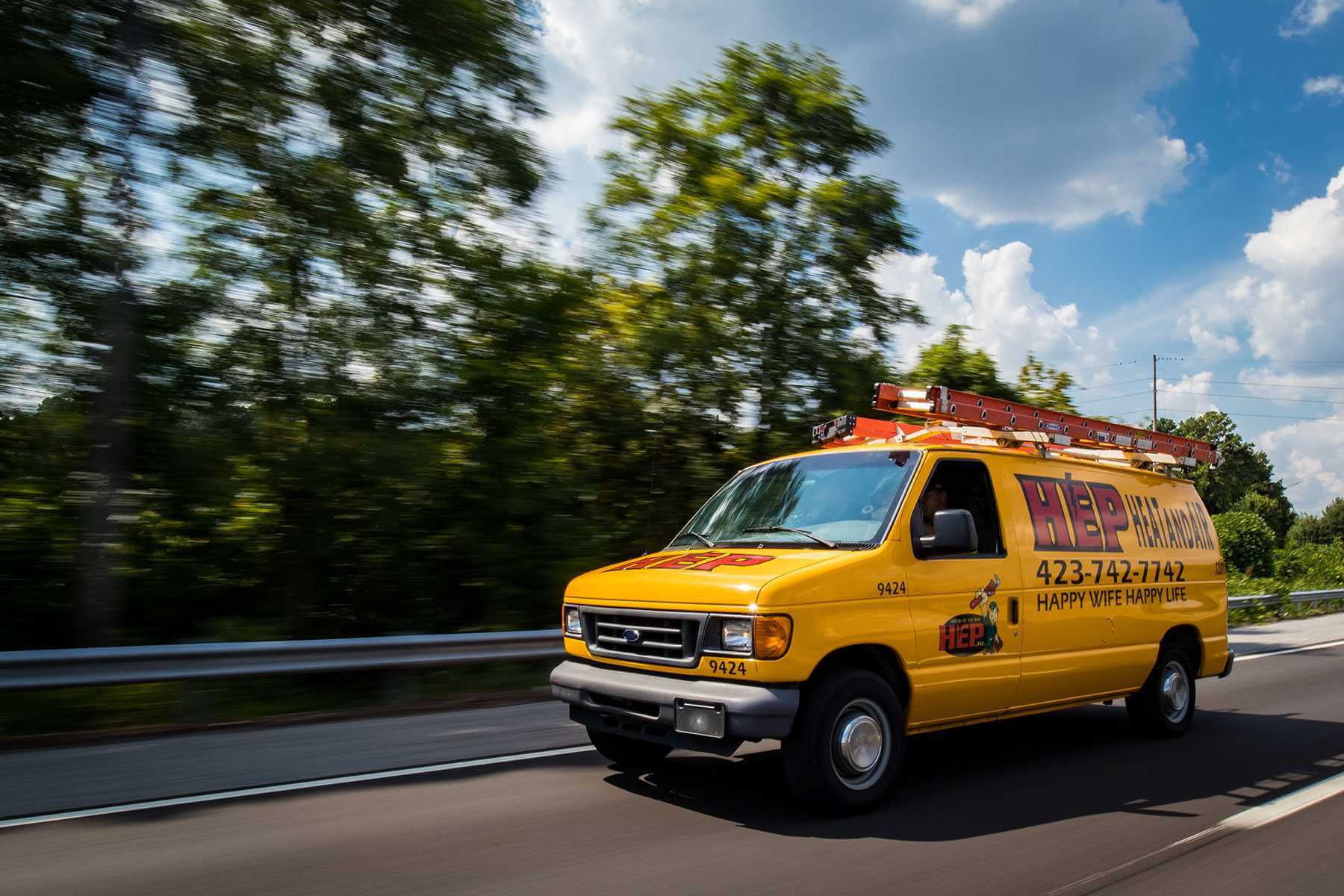

Trenchless Repair Technology
Your trusted partner for professional home services. Quality workmanship, guaranteed satisfaction.




- HEP Plumbing
- Trenchless Repair Technology
Trenchless Repair Technology | Main Line Issues | Plumbing | Rockwood
When water backs up or unpleasant odors drift through your Rockwood home, you don’t have time for torn-up yards and week-long excavations. HEP’s trenchless repair technology zeroes in on main line issues with pinpoint accuracy, sliding a durable epoxy liner through the existing pipe and curing it in place—no trenches, no mess, no blown landscaping budget. Because the entire process is handled from small access points, we can often diagnose and restore flow in a single day, leaving you with a stronger, smoother pipe than the original.
Homeowners and property managers across Rockwood choose HEP for our transparent pricing, camera-verified results, and warranties that last for decades. Whether tree roots have invaded your sewer, corrosion has eaten through cast iron, or you simply want to avoid future surprises, our licensed technicians bring state-of-the-art equipment and a reputation for doing the job right the first time. Call today and see how effortless solving stubborn underground problems can be when you go trenchless with HEP.
FAQs
What is trenchless main line repair and how does it work?
Trenchless repair is a no-dig (or minimal-dig) method of fixing or replacing underground sewer mains without opening long trenches across your property. In Rockwood we most often use two techniques: cured-in-place pipe (CIPP) lining and pipe bursting. With CIPP a flexible resin-saturated liner is inserted through an existing clean-out or small access pit, inflated, and cured with hot water, steam, or UV light to create a seamless new pipe inside the old one. Pipe bursting involves pulling a bursting head through the failing pipe to fracture it outward while simultaneously drawing in a new HDPE pipe. Both options restore structural strength, stop root intrusion, and improve flow capacity without extensive surface disruption.
Is trenchless repair suitable for the older clay or cast-iron sewer lines common in Rockwood?
Yes. Clay tile, cast-iron, Orangeburg, and even some PVC pipes can all be rehabilitated with trenchless techniques as long as the host pipe still has a continuous path for the liner or bursting cable to travel through. During our camera inspection we look for collapses or major offsets that might first require spot excavation. In most Rockwood homes built between the 1950s and 1980s, the typical root intrusion, minor cracking, and scale buildup we see are ideal candidates for trenchless lining or bursting.
How long does a typical trenchless main line project take compared to traditional excavation?
A standard residential trenchless job is usually completed in a single day. We begin with cleaning and video inspection in the morning, perform lining or bursting around midday, and verify the new pipe with a final camera pass before we leave. By contrast, conventional open-cut replacement can require 3–5 days of digging, pipe installation, backfilling, and restoration. Because trenchless work is faster, you spend less time without sewer service and avoid the scheduling delays caused by heavy equipment, multiple subcontractors, or utility locates for long open trenches.
Will trenchless repair damage my lawn, driveway, or landscaping?
Minimal impact is the biggest advantage. Instead of digging a trench the length of your yard, we create one or two access pits (typically 3'×3') near the house and at the city tap, often in existing soft areas or mulch beds. Sod, pavers, and shrubs within those small footprints are carefully removed and replaced, and concrete or asphalt cores are patched to match. There is no need to tear out patios, retaining walls, or mature trees, so you save thousands in landscape restoration costs and preserve curb appeal.
How much does trenchless main line repair cost and what factors influence the price?
In Rockwood, residential trenchless repairs generally range between $95 and $150 per linear foot, with most projects totaling $4,500–$9,000. Key cost factors include: length and diameter of the pipe, depth (which affects access pit size), number of tie-ins or junctions, cleaning required (roots, scale, grease), and whether we line or burst. While the upfront price may be slightly higher than spot repairs, trenchless service avoids repaving, landscaping, and potential foundation or sidewalk damage, which often makes it the more economical choice overall. We provide a written, line-item estimate after the camera inspection so there are no surprises.
How durable is a trenchless liner or pipe burst replacement, and what kind of warranty do you offer?
Both CIPP liners and HDPE replacement pipes are rated for a 50-year service life and engineered to meet ASTM F1216 and F2922 structural standards. They are seamless, joint-free, and resistant to corrosion, chemical attack, abrasion, and root penetration. Because there are no joints, there are no bellies or offsets for roots to exploit. Our company backs trenchless installations with a transferable 10-year workmanship warranty and we register the liner with the manufacturer’s 50-year material warranty. Annual camera inspections are available upon request to document performance for insurance or resale purposes.